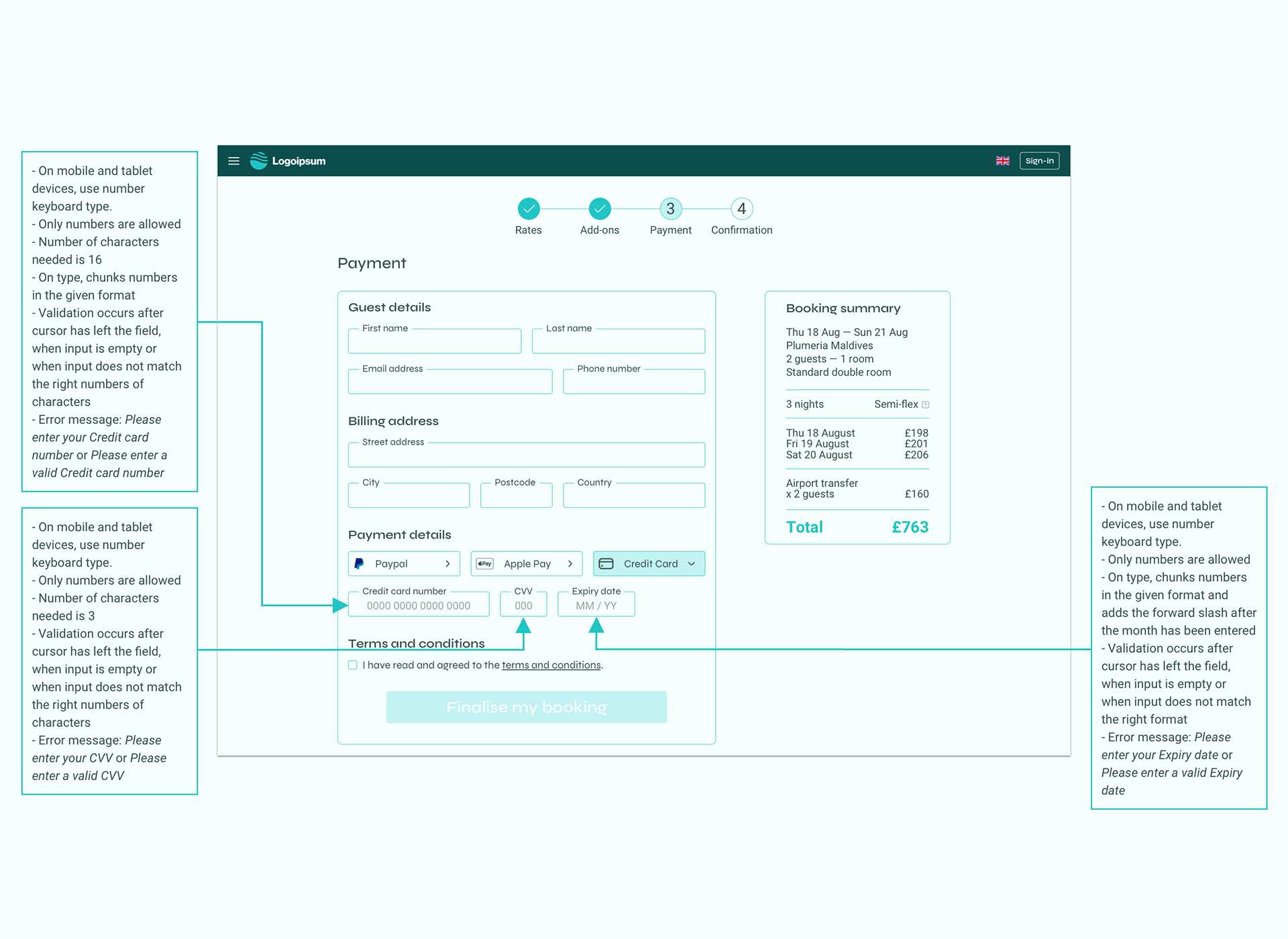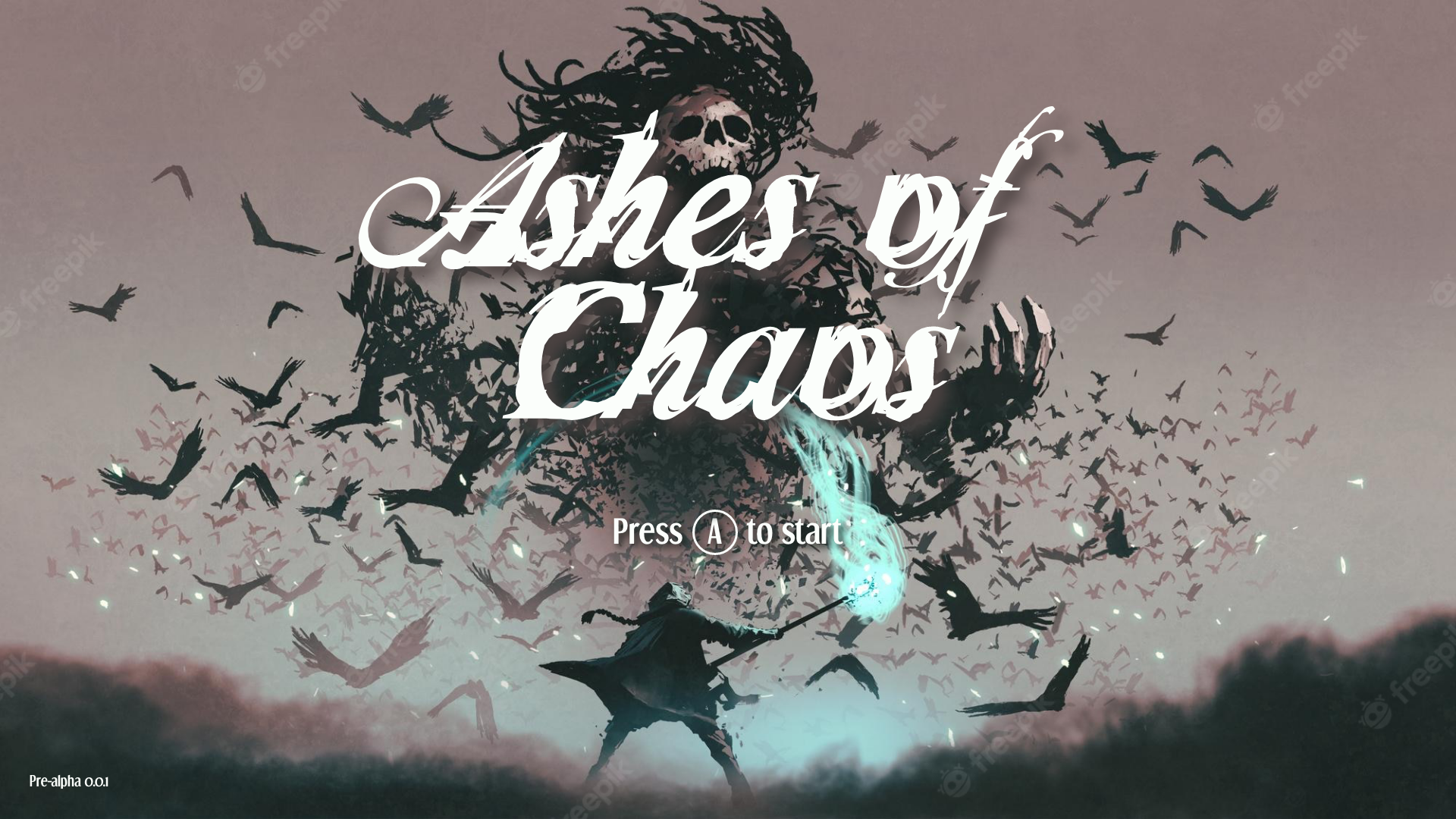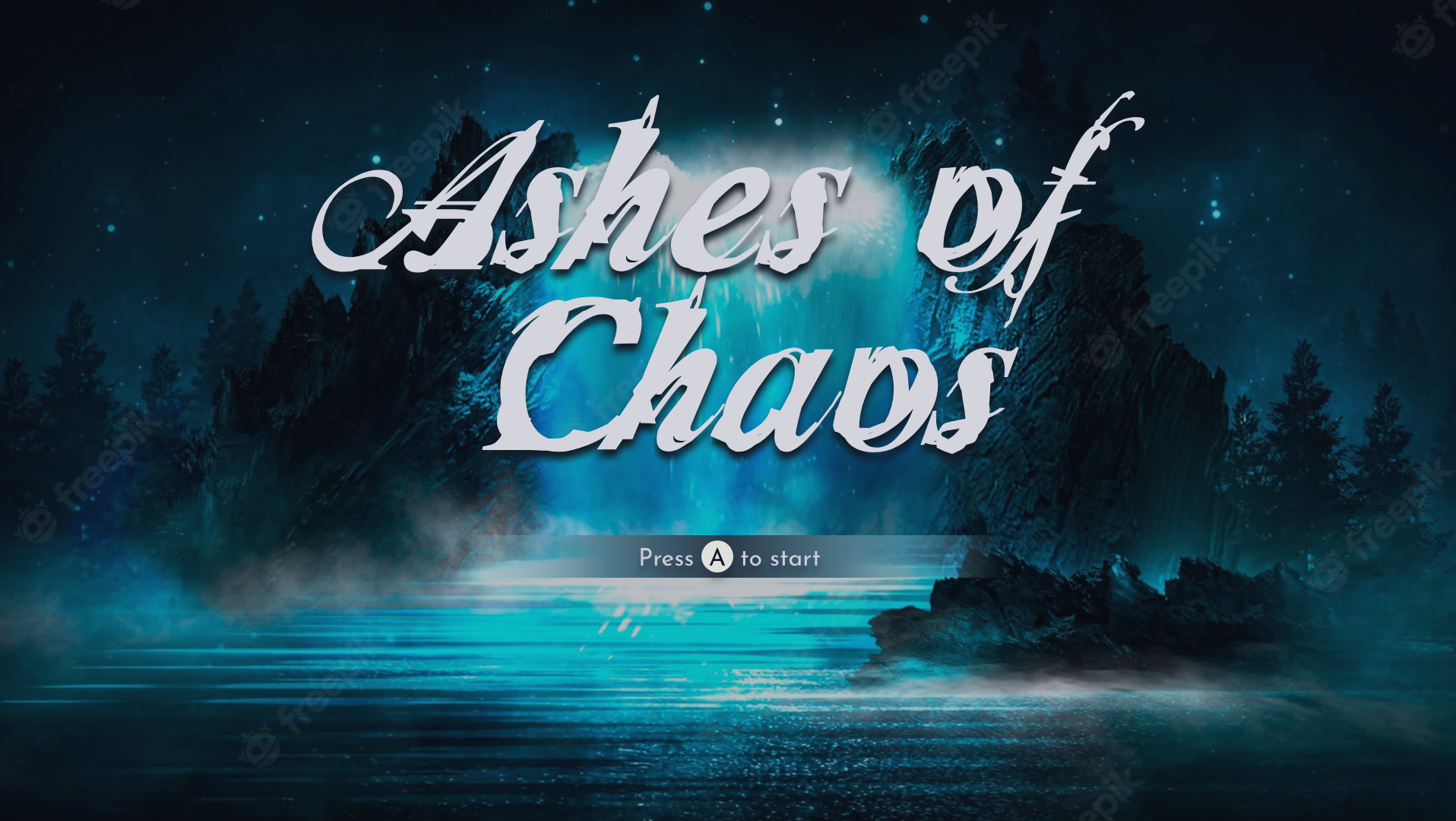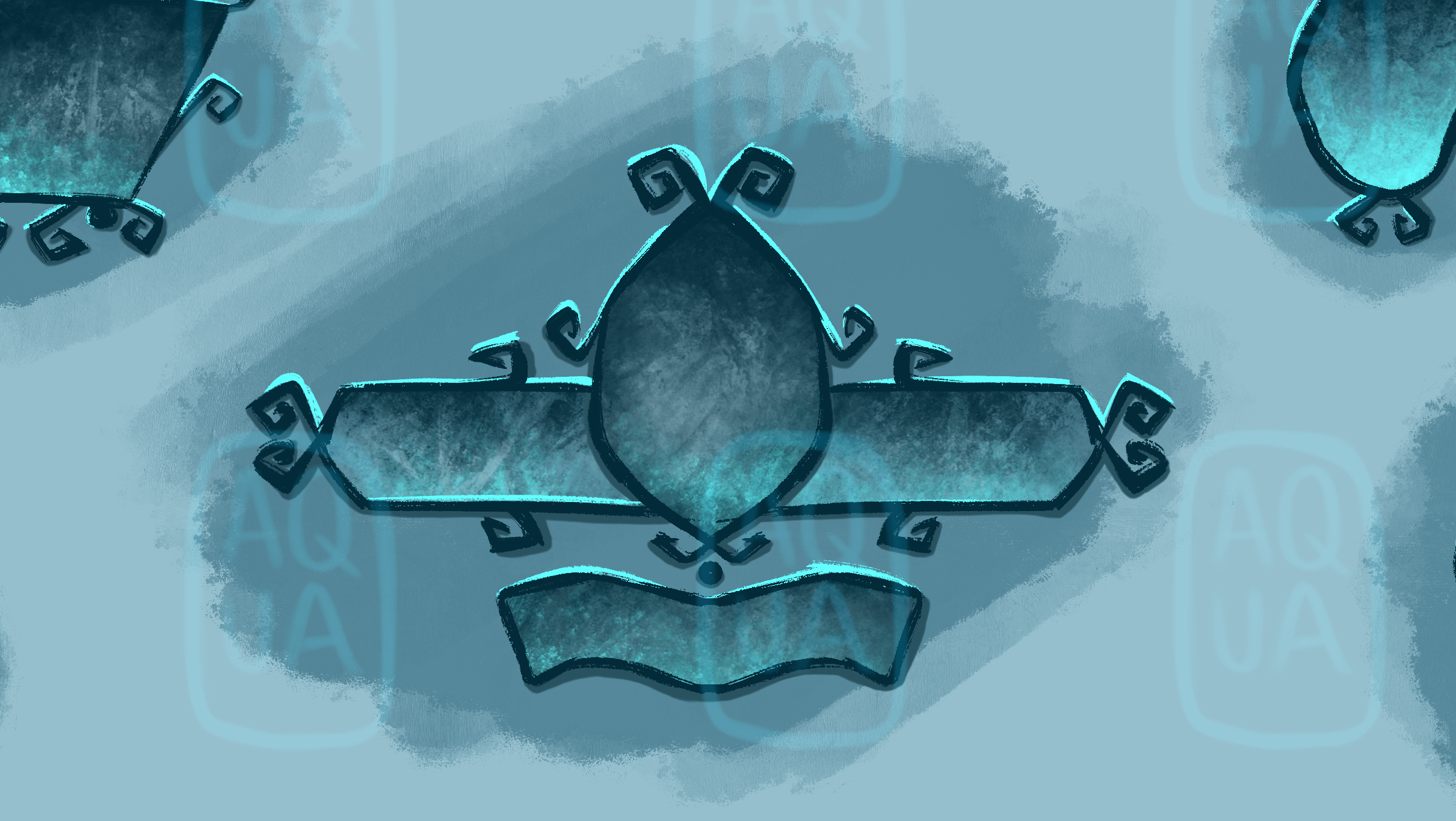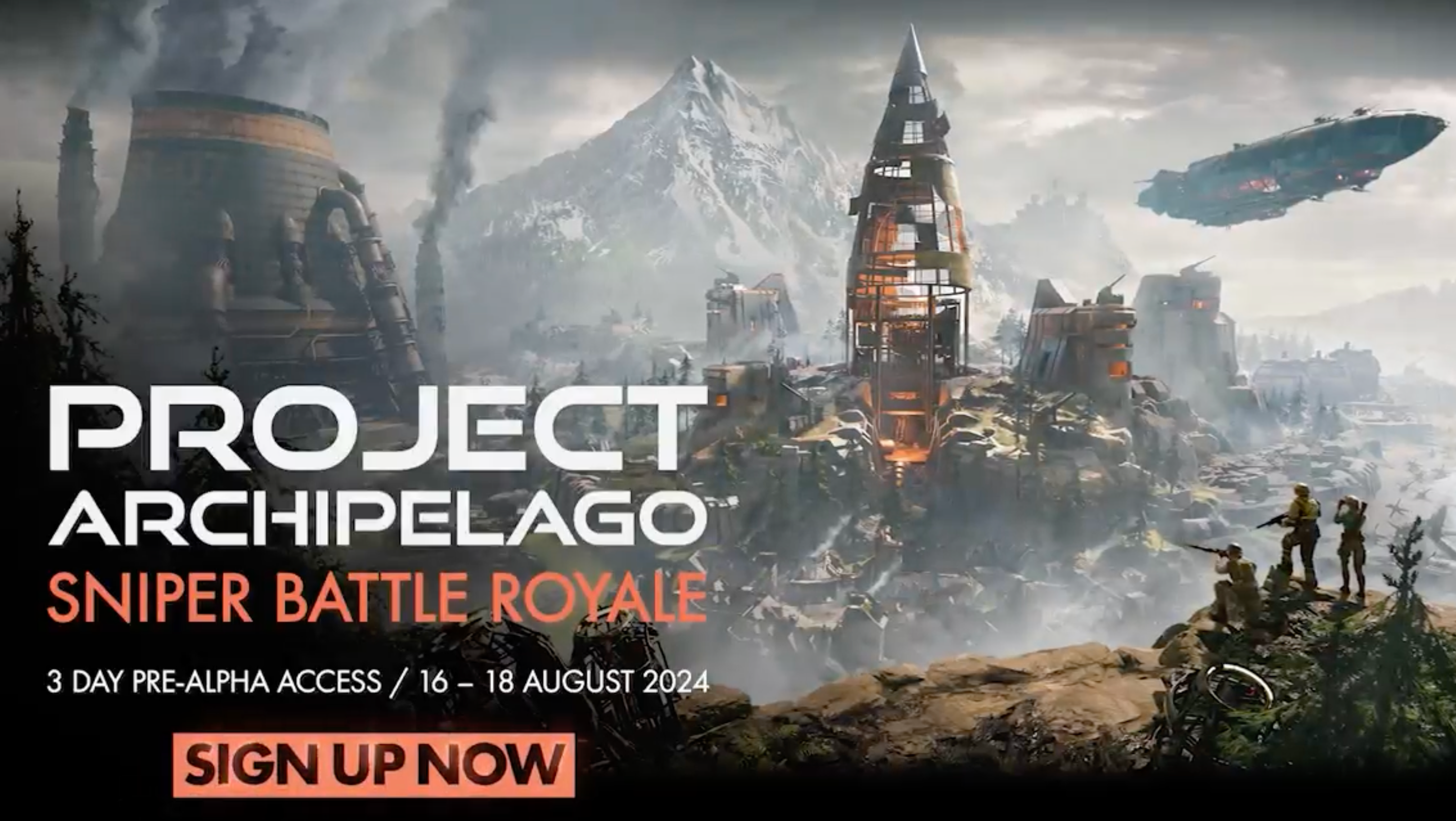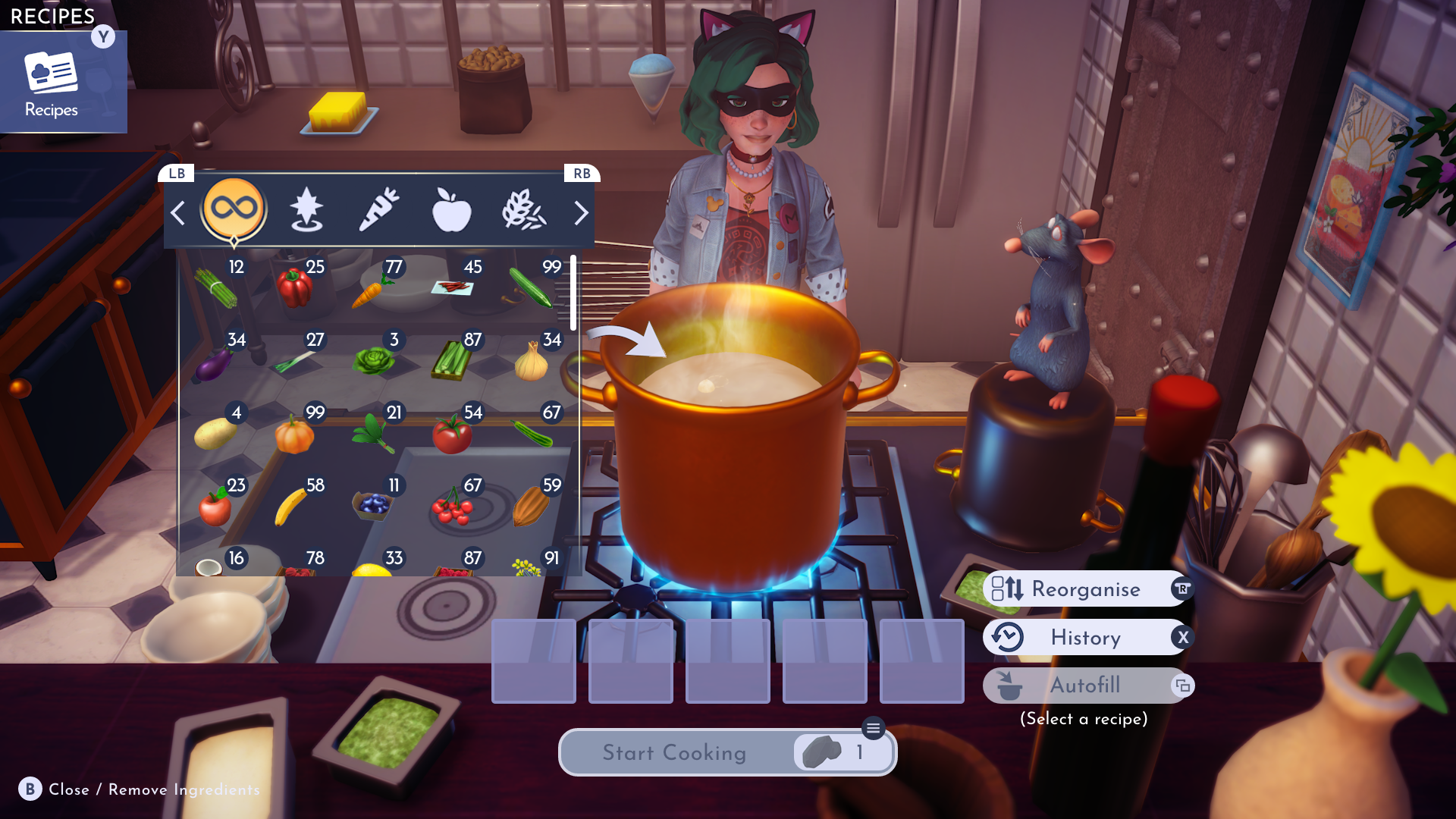This is a video depicting the full prototype with interactions I created for this course: a hotel booking website
— Marriott Bonvoy
— Premier Inn
— Novotel
— Booking.com
— Homepage
— Search & Select
— Checkout
— In green, what offers a positive experience to the user
— In orange, what is expected and should absolutely be there
— In red, what offers a rather negative experience to the user and should be improved
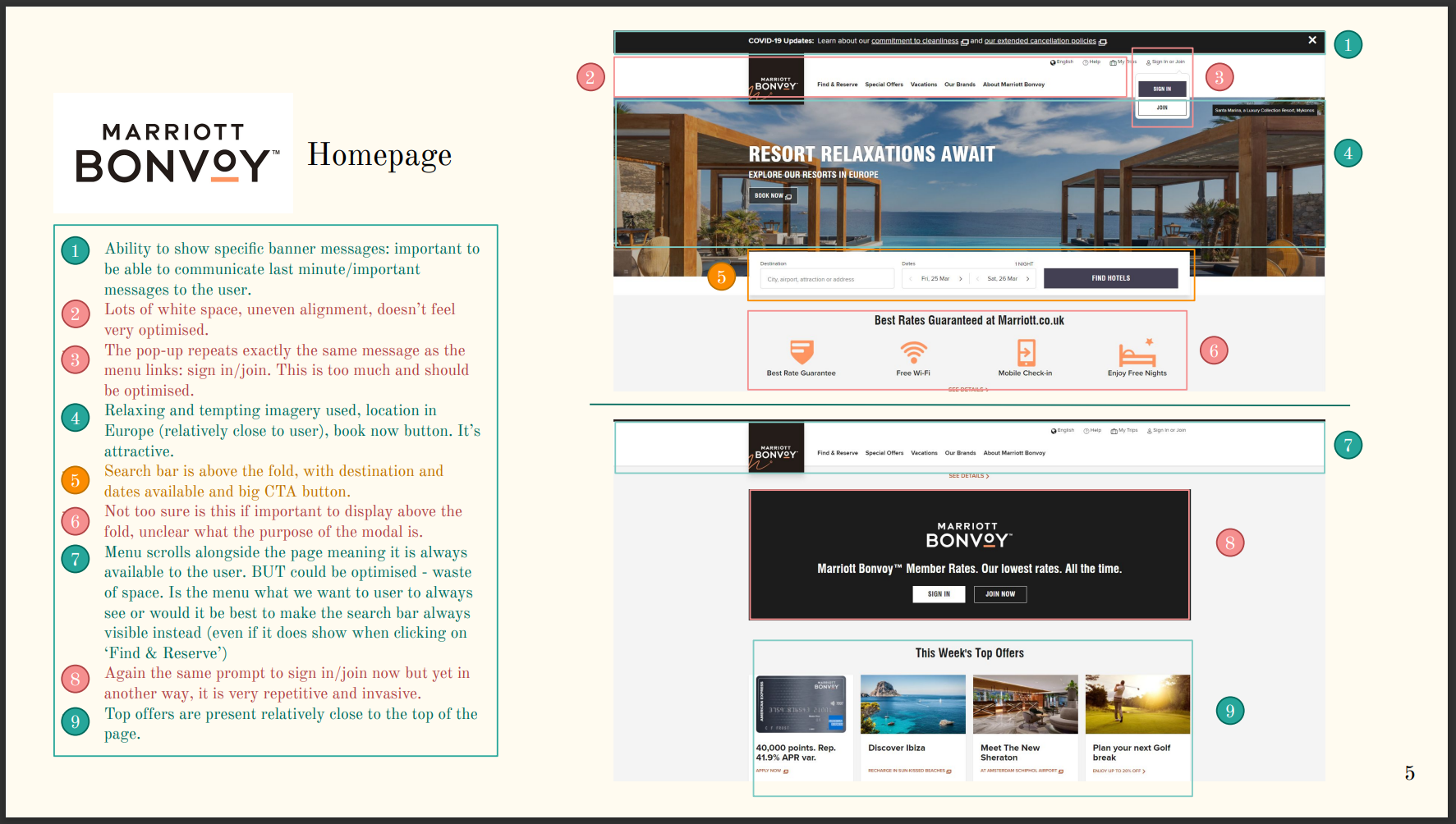
Example of a page from my competitive benchmark showing analysis of the Mariott Bonvoy homepage
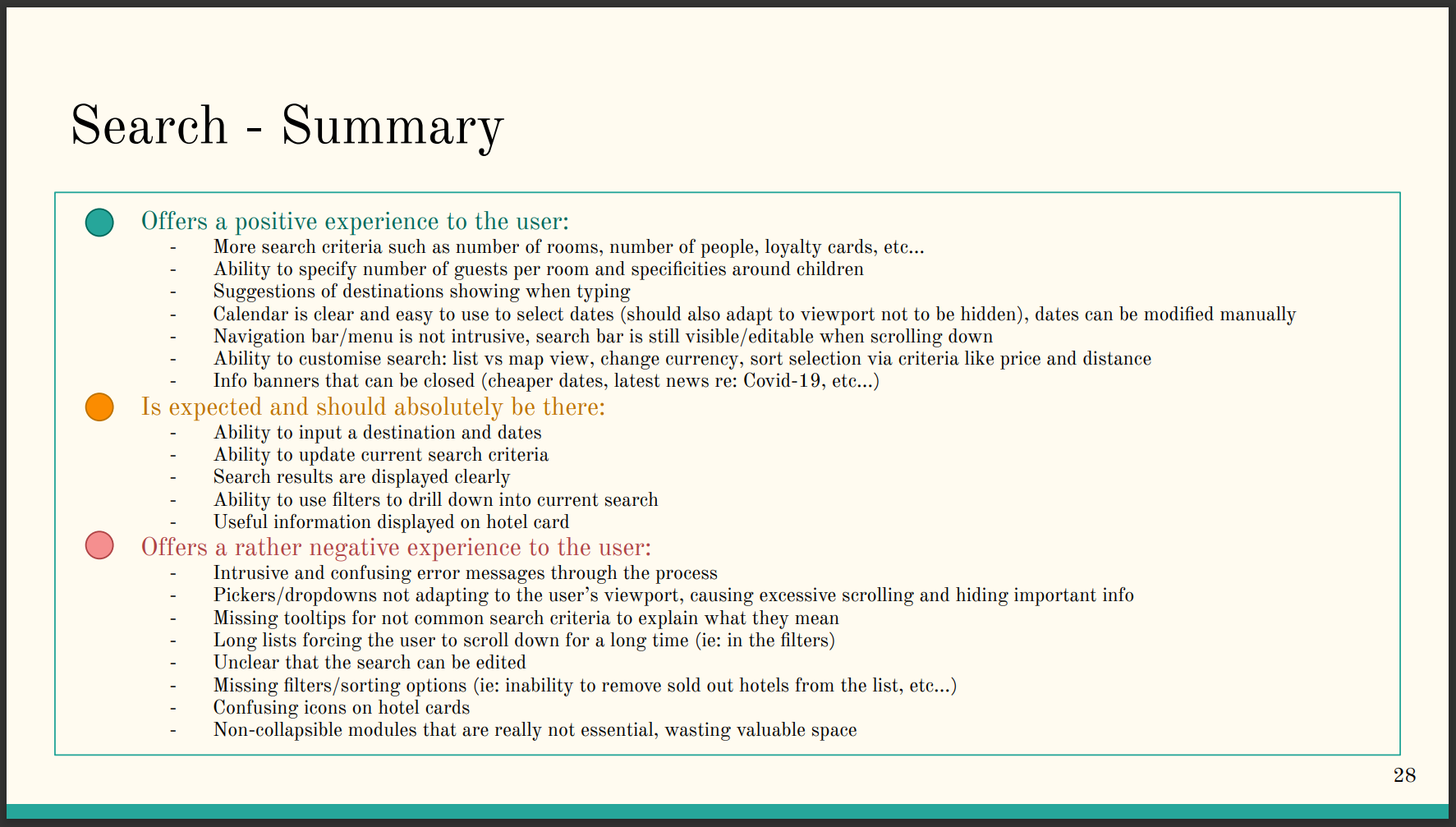
Example of a summary page from my competitive benchmark listing positive experience, expected aspects and negative experience for the Mariott Bonvoy website
Screenshot of a part of the online survey I created depicting a few of the questions
Screenshot of a note-taking page I did while listening to a recorded usability test of people going through hotel booking websites
Screenshot of Miro showing all the post-it notes containing the research results I gathered, grouped by research method
Screenshot of Miro showing the initial grouping of post-it notes
Screenshot of Miro showing the final grouping of post-it notes: Content, Layout & code, User Flow as well as Goals, Context, Behaviours and Mental Models
Full customer journey map created based on the affinity diagram. This depicts the happy path for a customer going through a hotel booking website and the experience they add based on the research I did
Full flow diagram created based on the data gathered so far. This depicts the primary use case for the website, showing screens and screen states
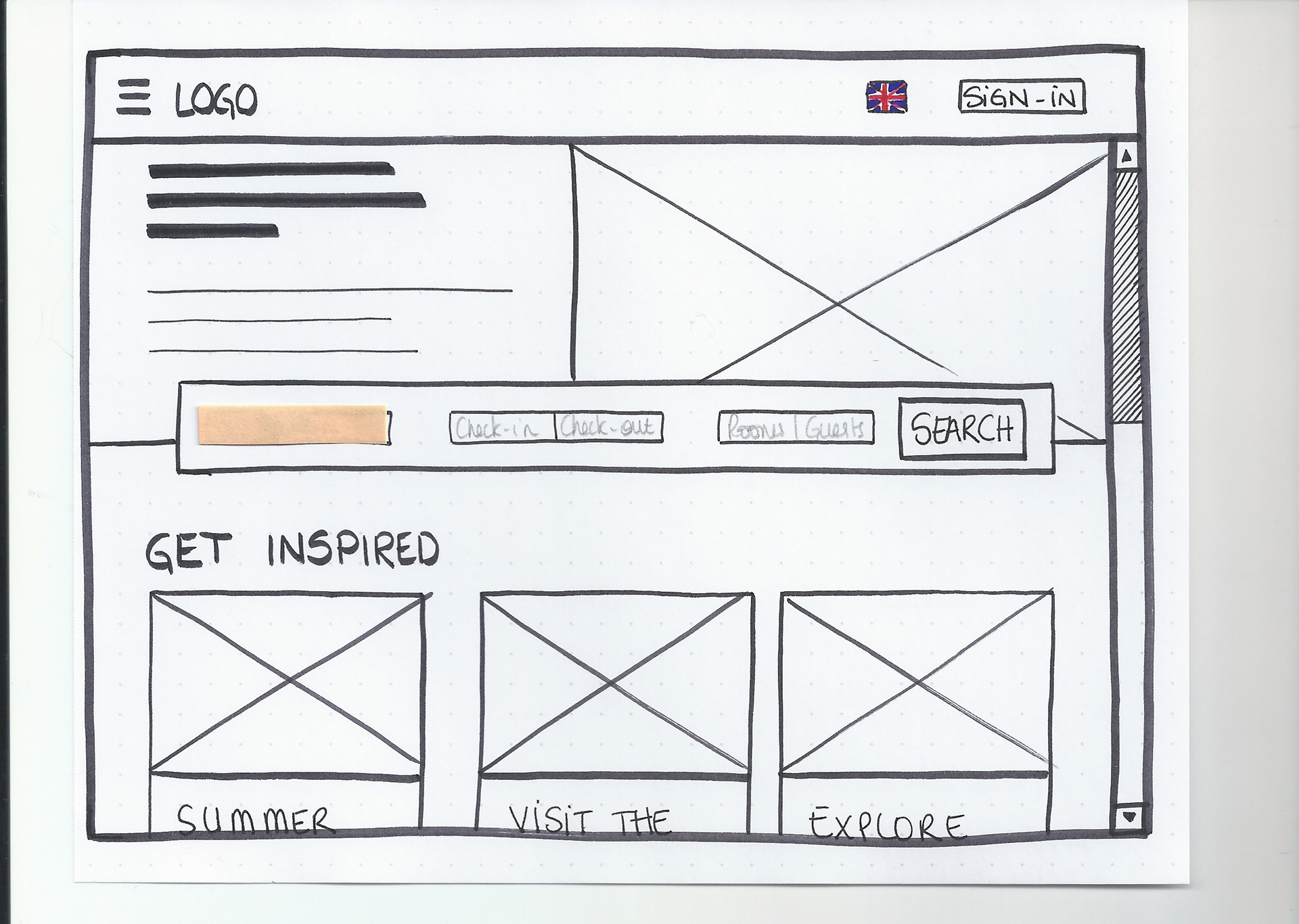
Sketch of the homepage of the hotel booking website

Sketch of the calendar option of the hotel booking website
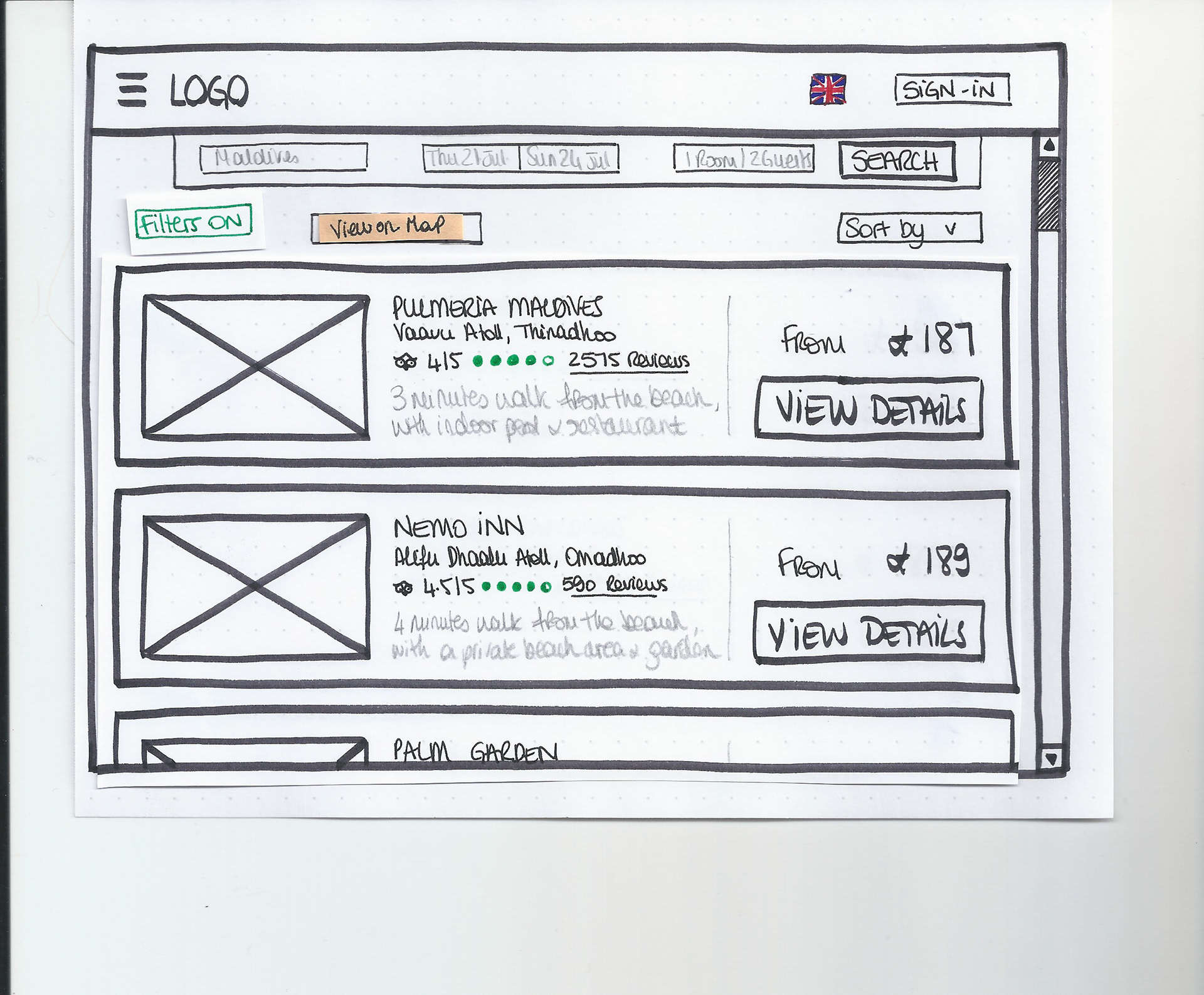
Sketch of the hotel results of the hotel booking website
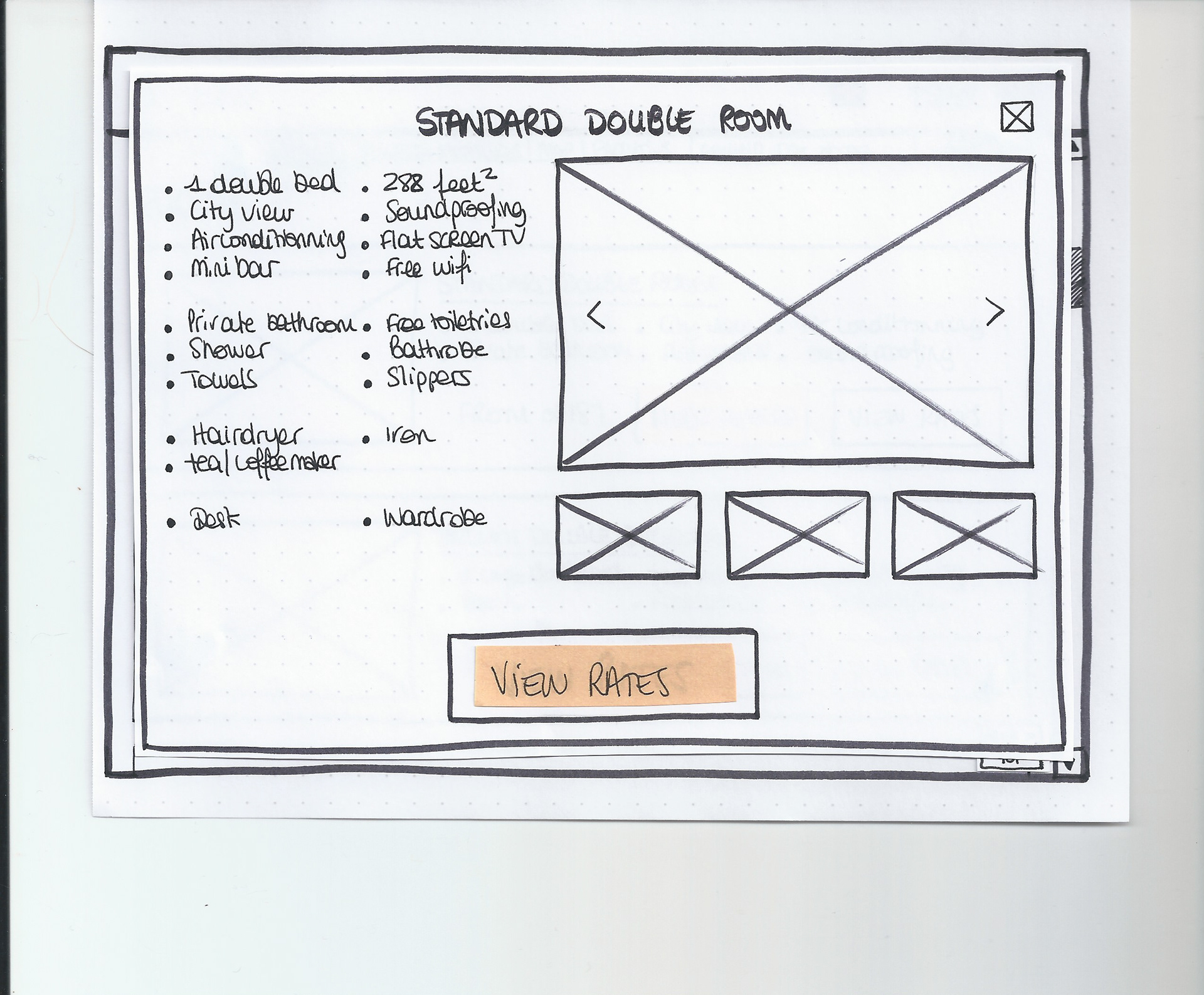
Sketch of the room details of the hotel booking website

Sketch of the rates screen of the hotel booking website

Sketch of the payment page of the hotel booking website

Prototype screen of the search page (homepage)

Prototype screen of the calendar module (homepage)
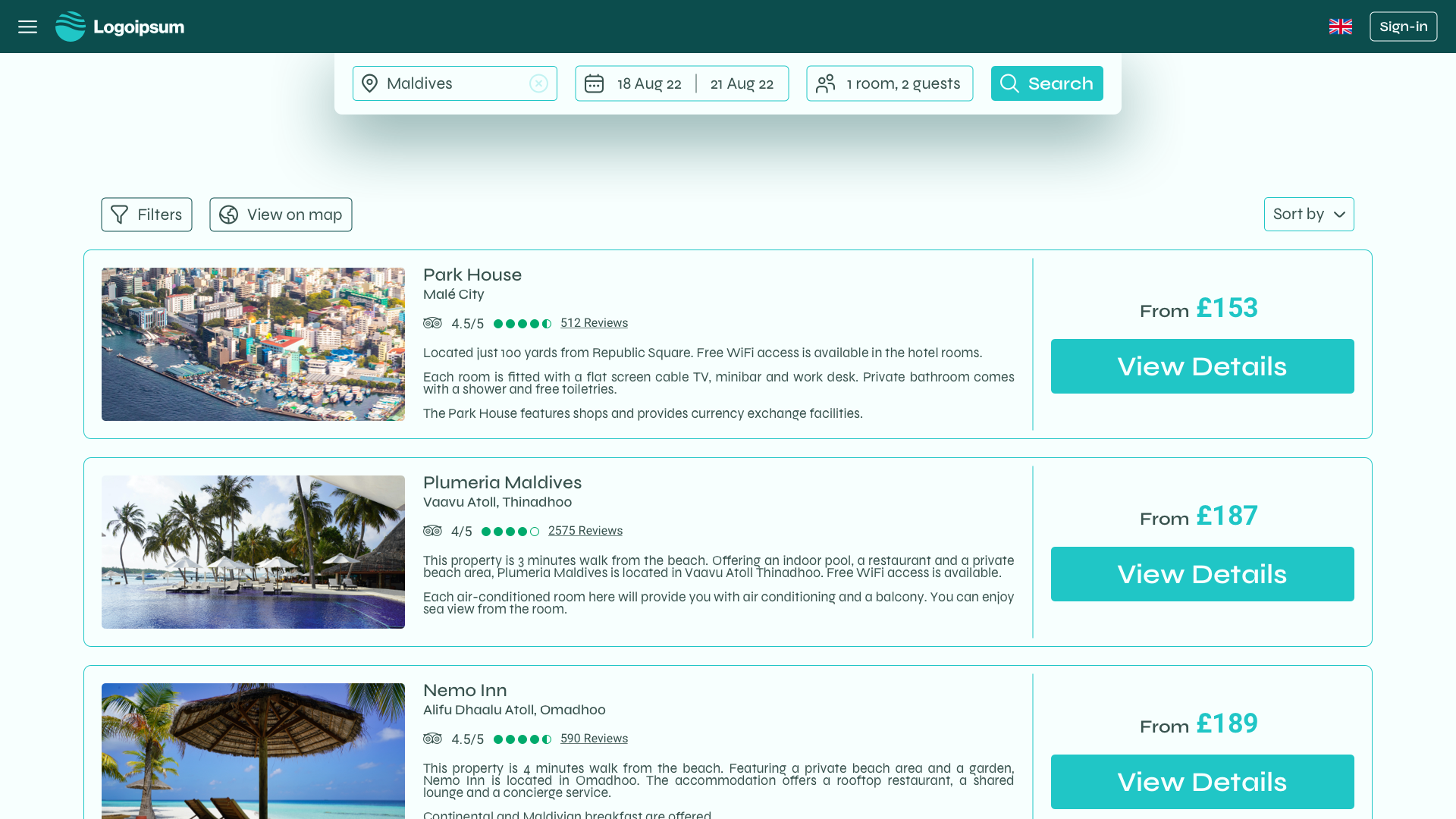
Prototype screen of the hotel results page
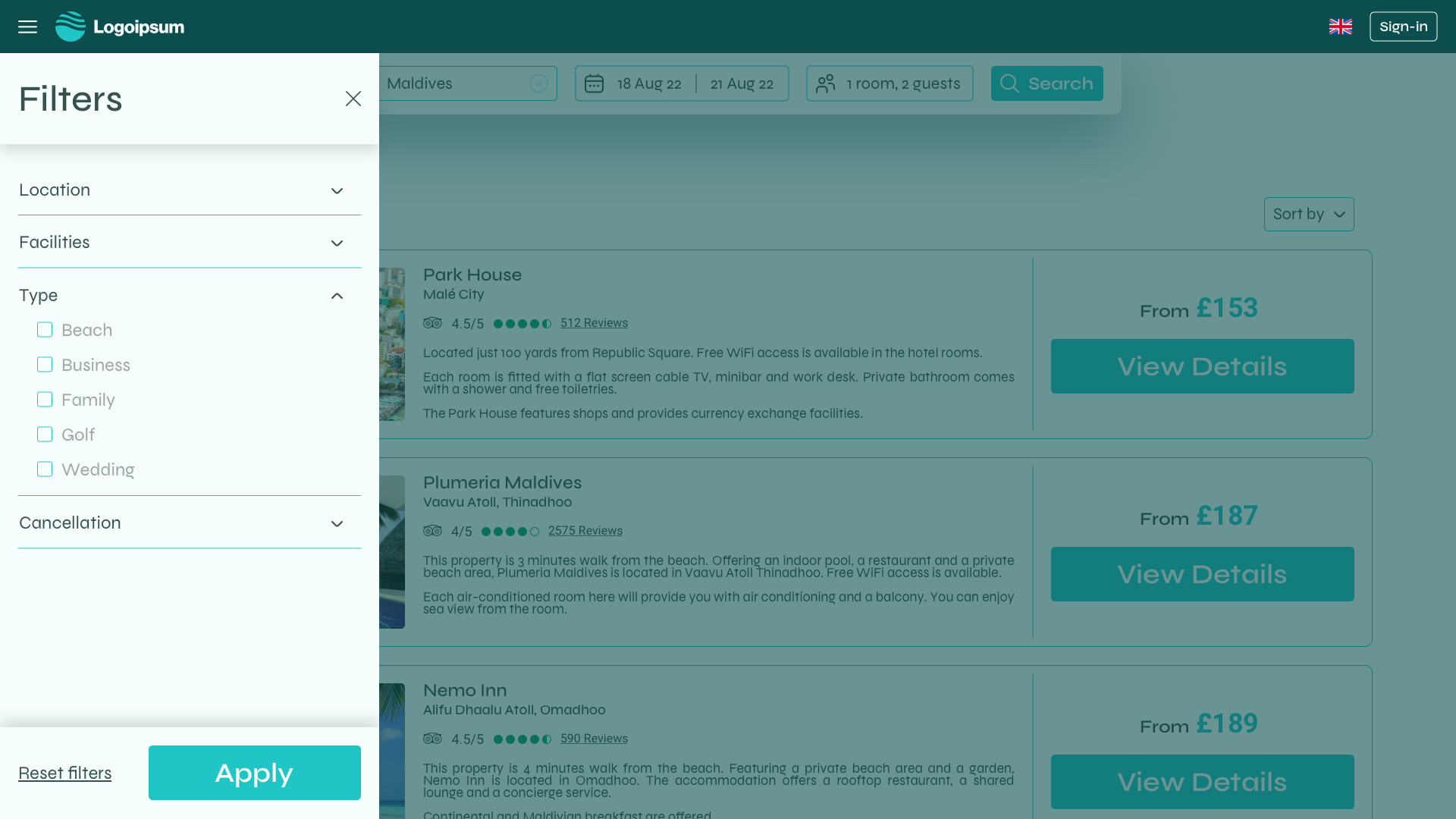
Prototype screen of the filters (hotel results page)

Prototype screen of the hotel details page
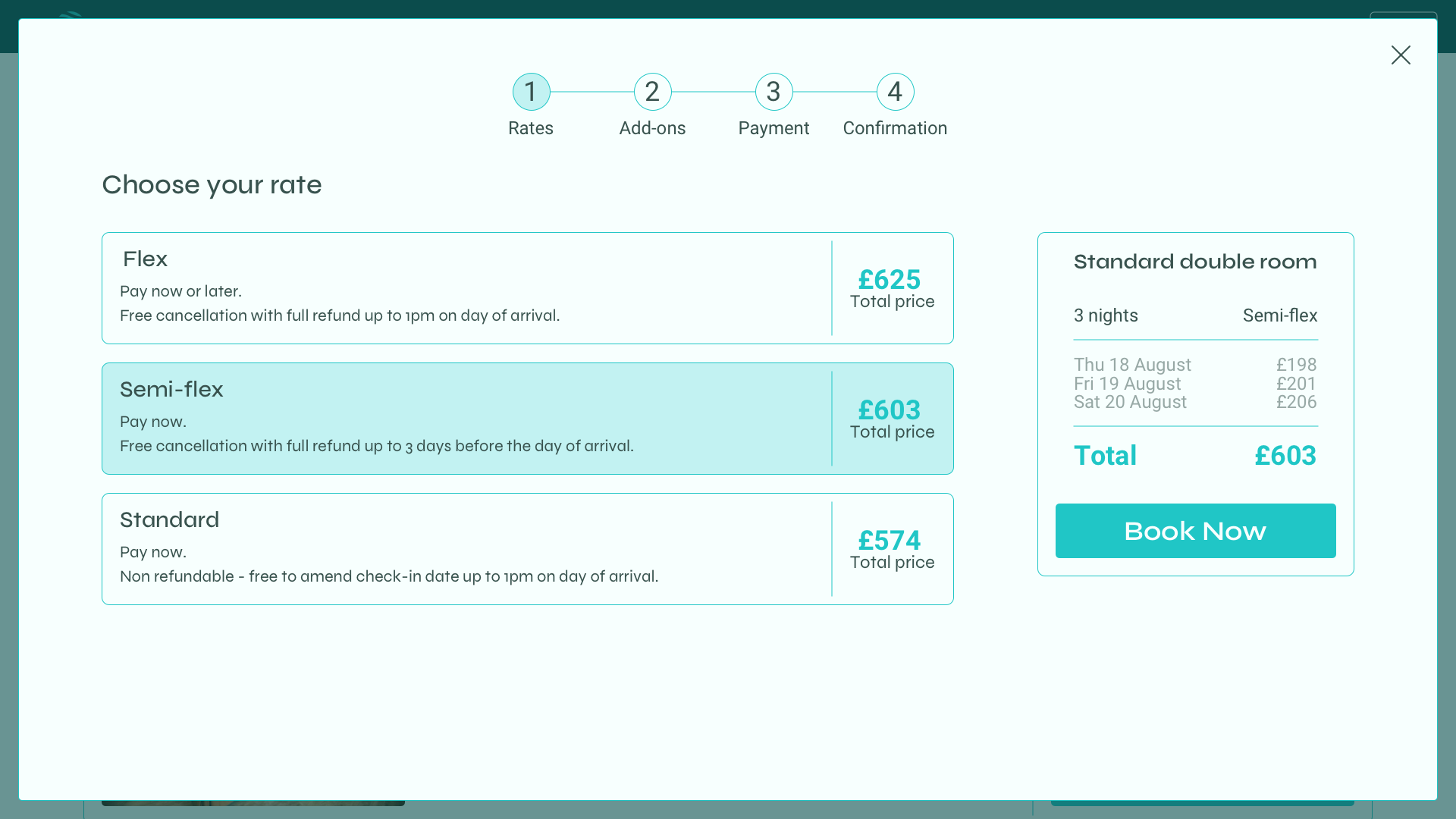
Prototype screen of the rates page
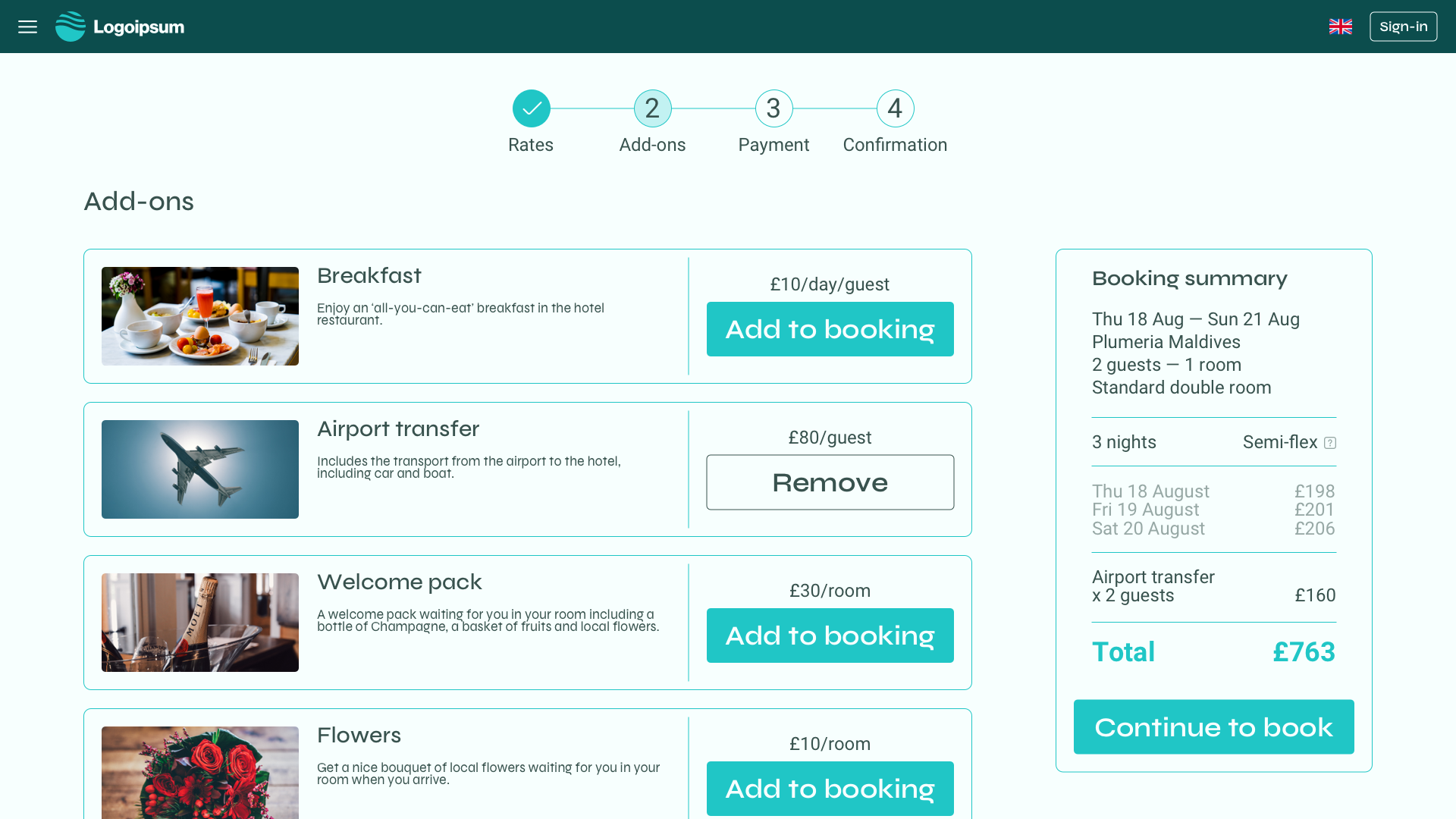
Prototype screen of the add-ons page
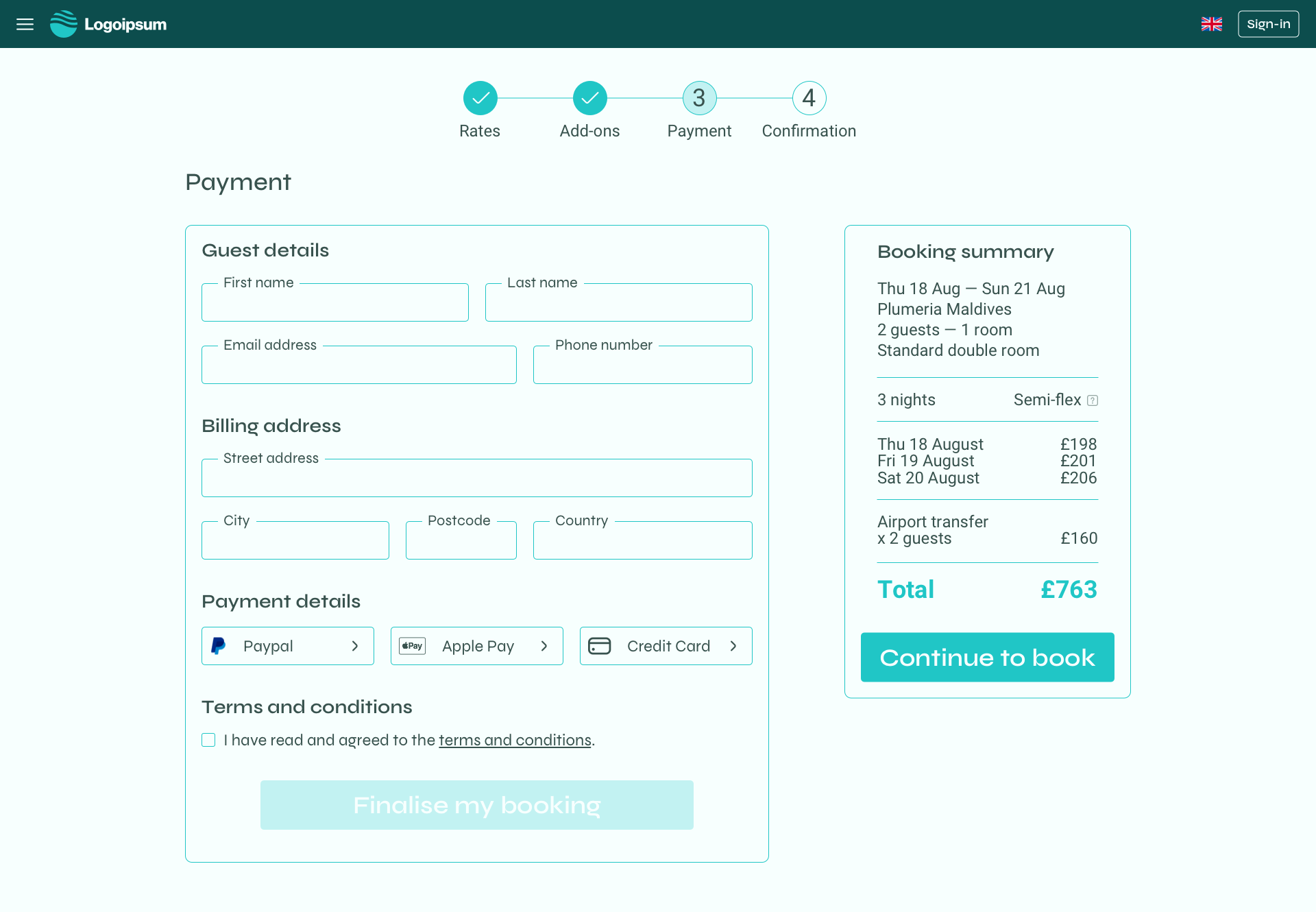
Prototype screen of the payments page
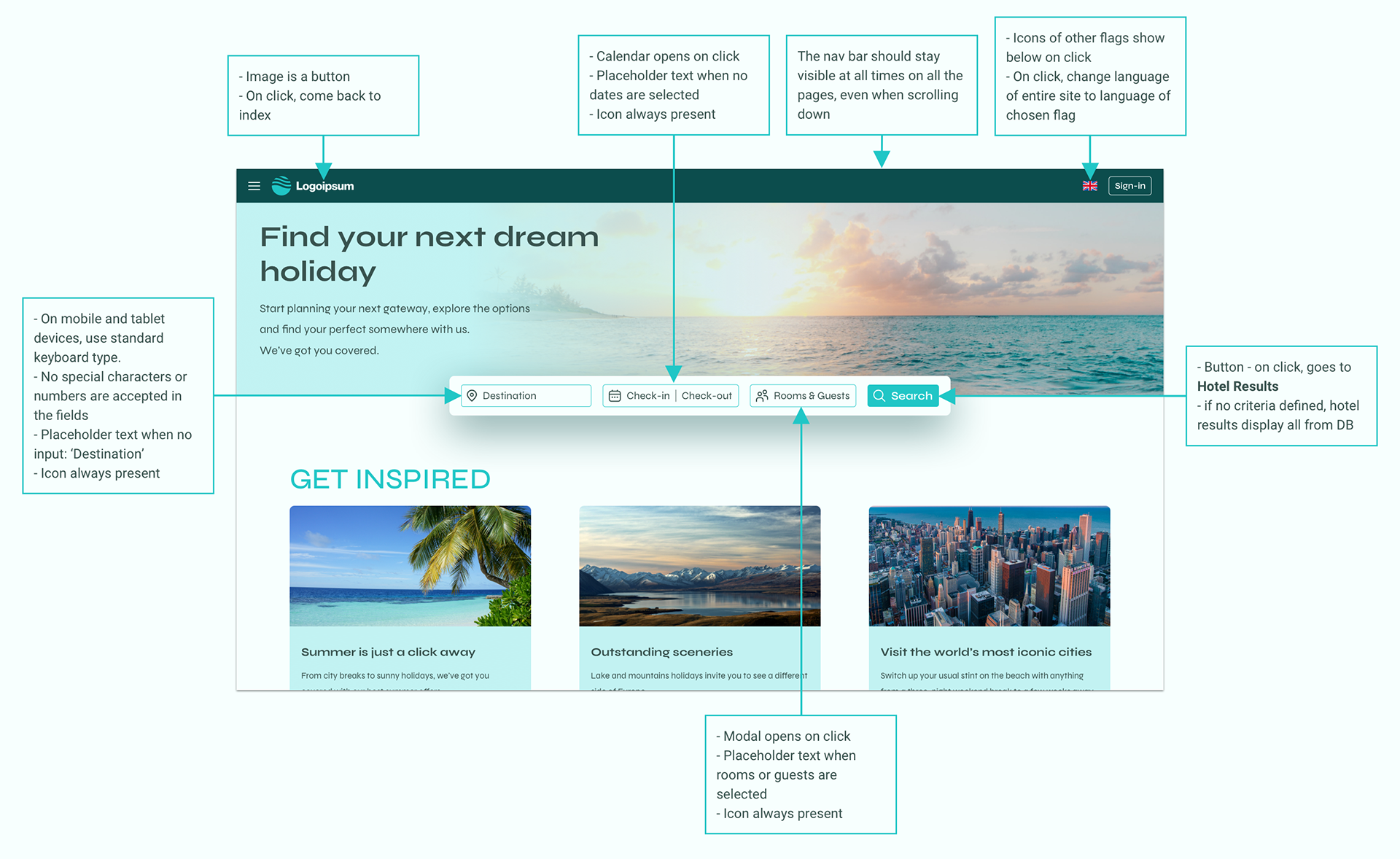
Annotations screen for the search (homepage)
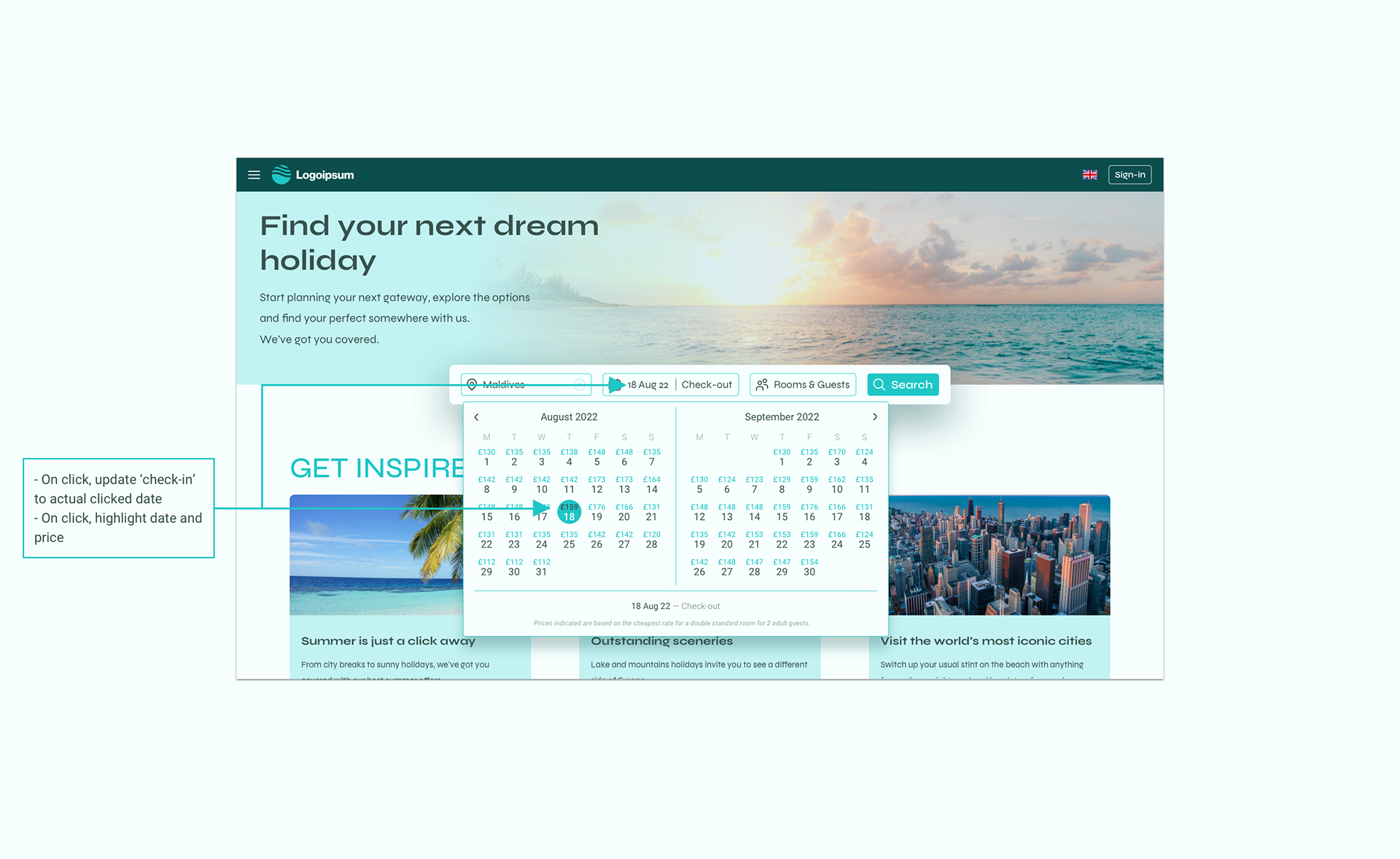
Annotations screen for the calendar module (homepage)
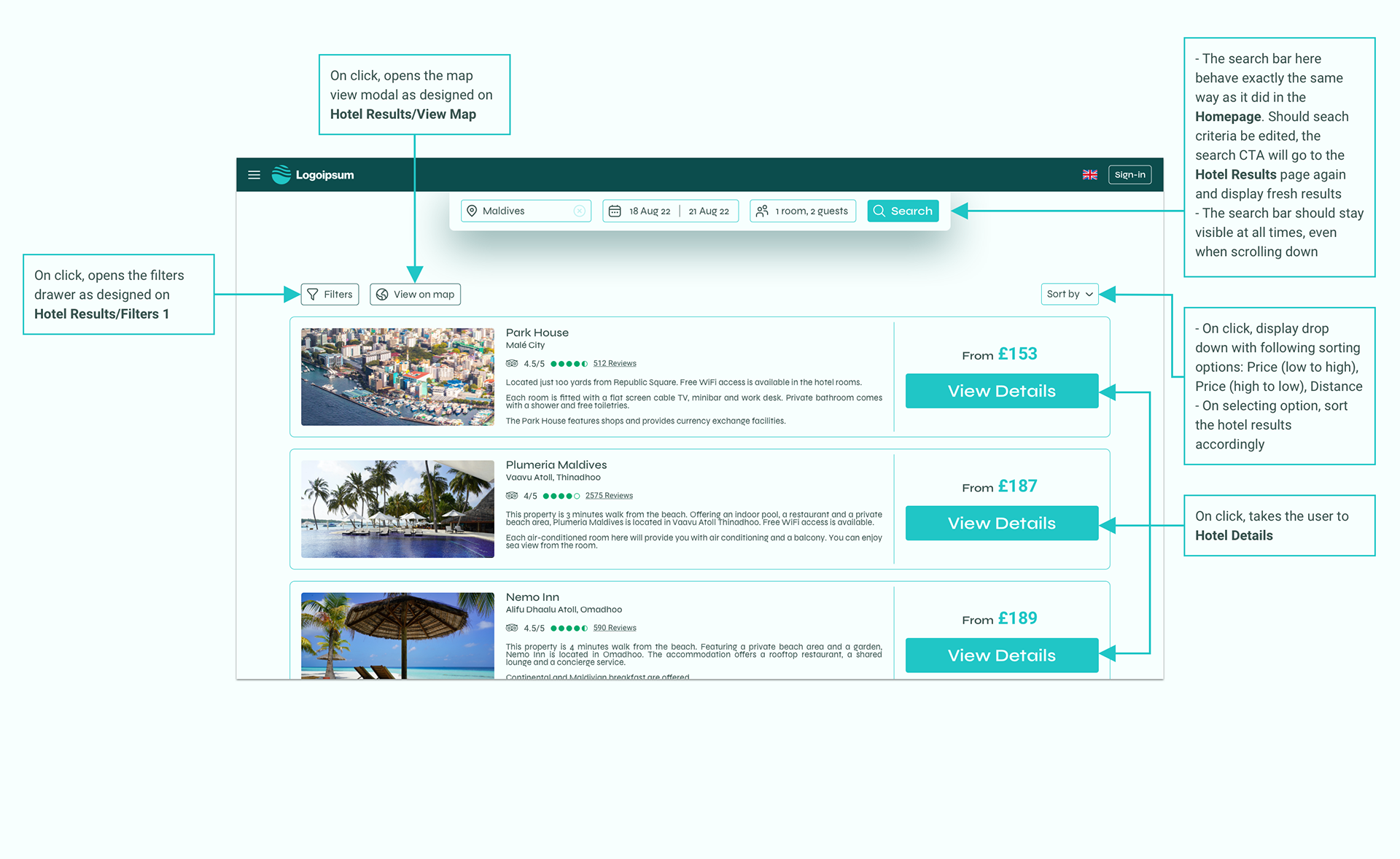
Annotations screen for the hotel results page

Annotations screen for the hotel details page
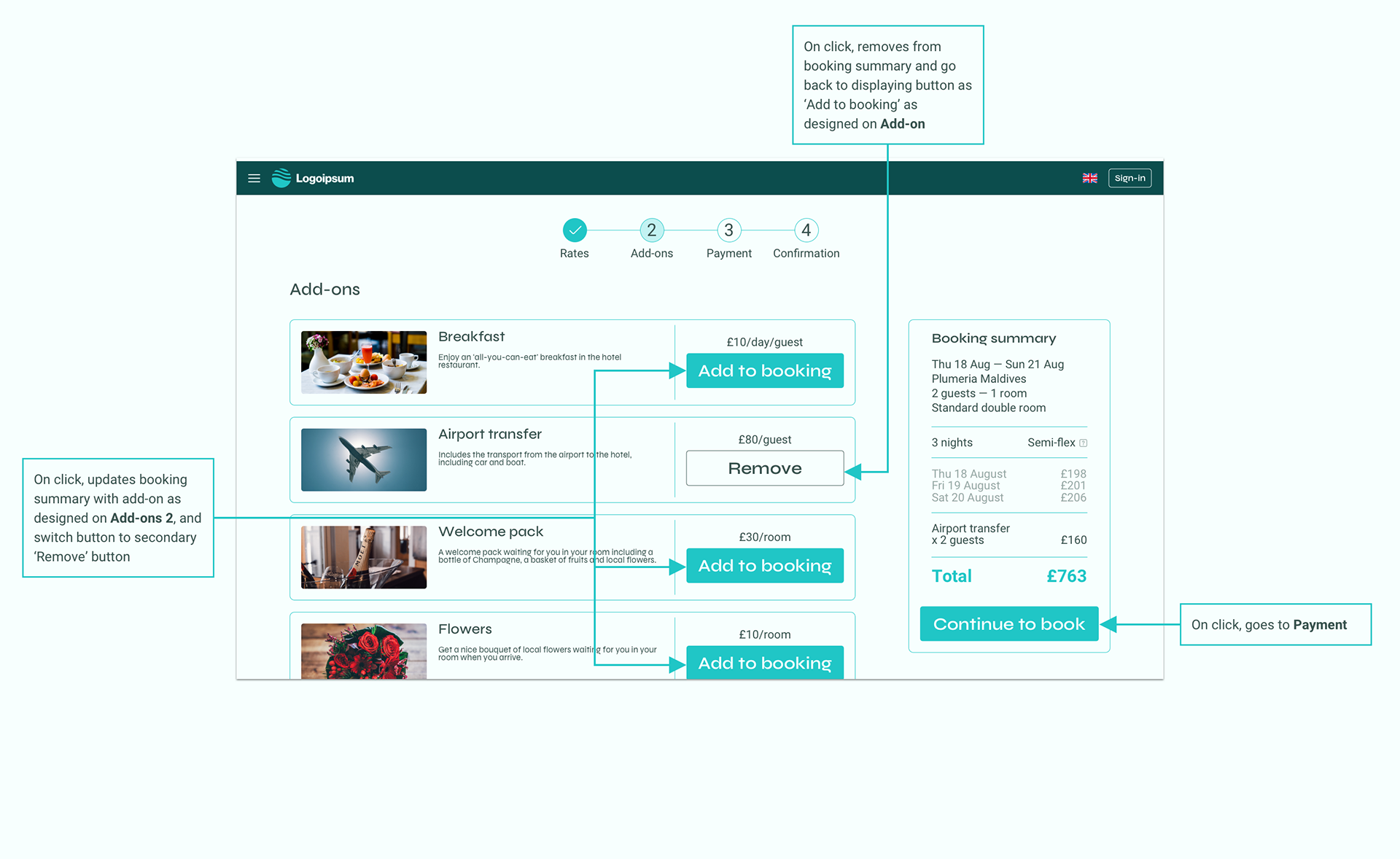
Annotations screen for the add-ons page
